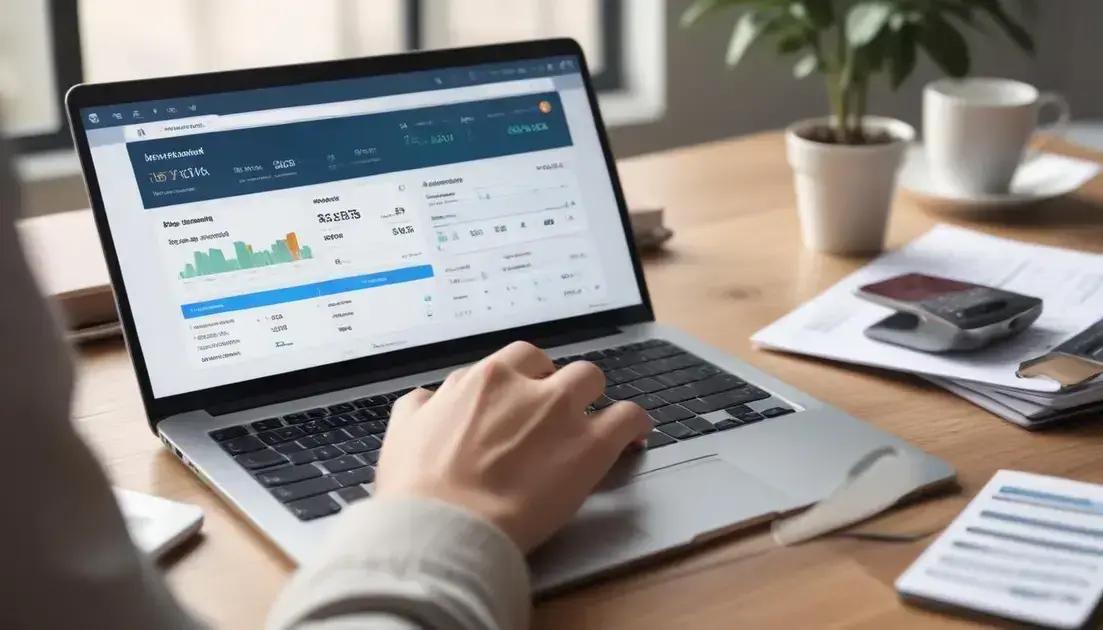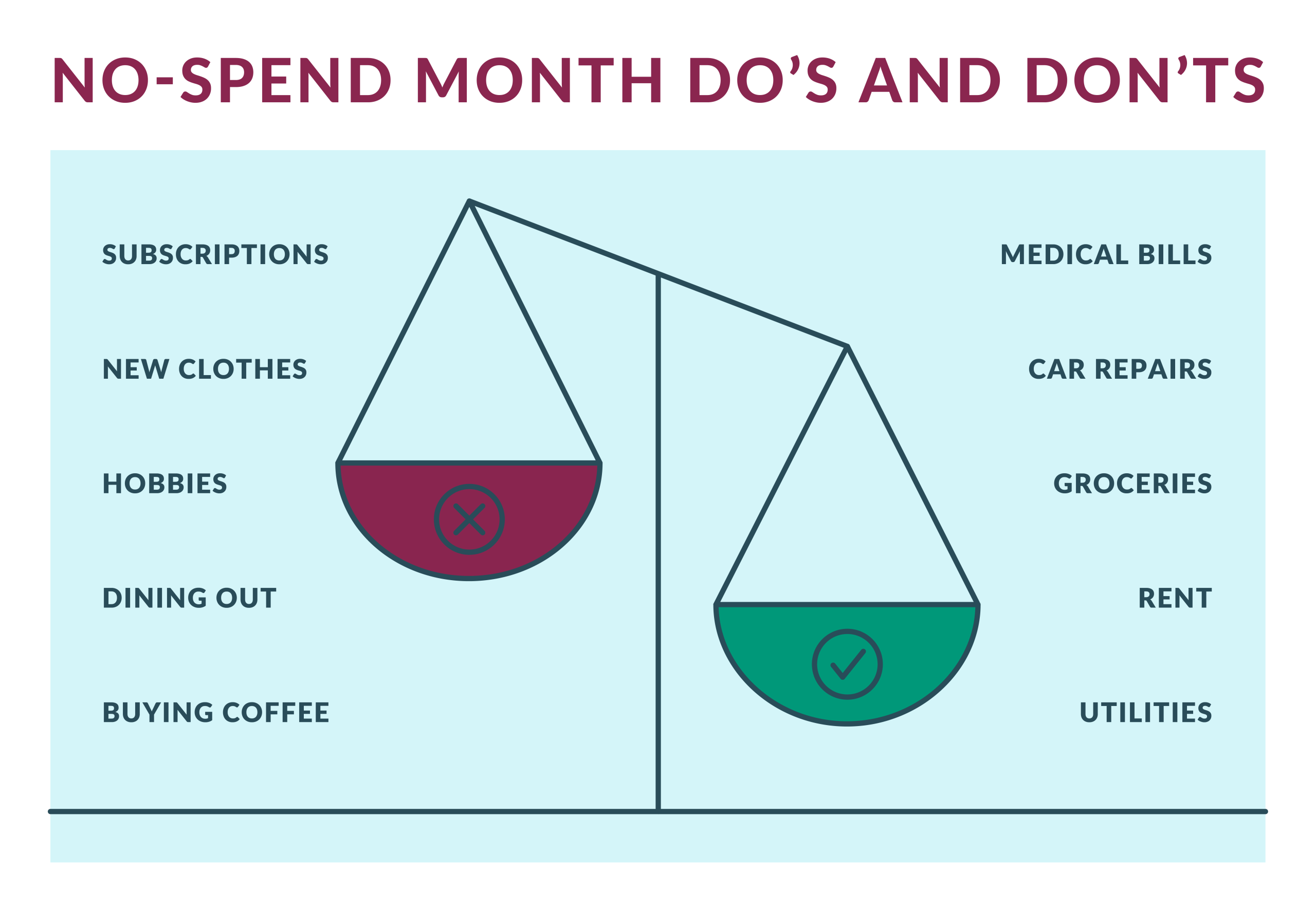Anúncios
There are many types of unsecured loans, and many people still have reservations about engaging in this financial action.
We’ve brought you a guide on the subject, informing you not only about what it offers but also when it’s advantageous to use it. Check it out!
What is an unsecured loan?
An unsecured loan is a form of financing where the lender grants a sum of money to someone without requiring a specific asset as collateral for repayment.
Instead, loan approval is based specifically on the borrower’s credit profile assessment.
This includes factors such as credit history, income, repayment capacity, and other financial criteria depending on the institution.
When to opt for this type of loan?
Opting for an unsecured loan can be a good choice in various financial situations, especially when:
– Need for quick funds: If you need money quickly and don’t have time for the evaluation process of using an asset as collateral, an unsecured loan may be the best option.
– Lack of valuable assets: If you don’t have significant assets to offer as collateral, this may be one of the few available options to obtain credit.
– Credit diversification: If you want to keep your assets free from commitment or have already used them as collateral for other loans, opting for an unsecured loan can help diversify your credit sources.
– Small amounts: For smaller financial needs, such as paying off credit card debt or financing a small renovation, an unsecured loan may be sufficient and appropriate.
Therefore, if you identify with these challenges and are determined to obtain your unsecured loan, follow our tips and study it further to make informed decisions.
Differences between unsecured loans and secured loans
An unsecured loan is a type of credit that does not require the borrower to offer any of their property as collateral to obtain the loan.
Unlike secured loans, where a car, house, or other valuable goods are used as collateral.
Thus, it can be noted that unsecured loans are based on the lender’s trust that the borrower will repay the debt as agreed.
What are the main types of unsecured loans?
Since there are various types of unsecured loans, here are some of the main types:
Personal loan:
This is one of the most common types of unsecured loans. It can be used for various purposes, such as paying off debts, financing a trip, or covering emergency expenses.
Thus, approval is based on the applicant’s credit and income analysis, and interest rates may vary depending on the customer’s profile and the financial institution.
Consigned loan:
Available mainly to retirees, pensioners, and public servants, the consigned loan has installments deducted directly from the payroll or benefit.
Although also without collateral, the bank’s risk is lower due to the security of receiving installments. Therefore, interest rates are lower compared to personal loans.
Credit card:
The revolving credit of a credit card can also be considered a type of unsecured loan.
That is, when the cardholder does not pay the full bill, the unpaid portion is financed by the bank, generating high interest rates.
Therefore, it is an easily accessible form of credit, but should be used cautiously due to the high interest rates involved.
Overdraft:
It functions as an automatic credit line linked to a checking account, allowing the client to use amounts above the available balance.
Although convenient, overdraft interest rates are generally very high, recommended for use in emergencies and for a short period.
As we have seen, each type of unsecured loan has its specific characteristics and conditions. Thus, the choice should be made based on your individual needs and repayment capacity.
Is it worth opting for an unsecured loan?
Opting for an unsecured loan can be an advantageous decision for those needing quick access to credit and lacking assets to offer as collateral, such as real estate or vehicles.
After all, this type of loan is generally more accessible and less bureaucratic, allowing the applicant to obtain the necessary funds more quickly.
However, it’s important to be aware that the interest rates charged tend to be higher compared to secured loans, reflecting the higher risk assumed by the lender.
Before opting for an unsecured loan, it is essential to carefully assess your repayment capacity and compare different offers. Just to find the best interest rate and conditions that fit your budget.
Evaluate also the advantages and disadvantages of taking out an unsecured loan:
Pros of unsecured loans
- No need to use an asset: There is no need to own or commit a valuable asset, which is advantageous for those lacking sufficient assets or unwilling to risk losing their assets in case of default.
- Faster process: Approval tends to be quicker, as there’s no need to evaluate and process collateral.
- Flexibility of use: The money can be used for various purposes, such as debt repayment, medical expenses, personal investments, among others.
Cons of unsecured loans
- Higher interest rates: Due to the higher risk assumed by the lender, interest rates tend to be higher compared to secured loans.
- Lower credit limits: The amounts offered are generally lower, as lenders seek to minimize the risk of losses in case of default.
- Requirement of good credit history: Individuals with poor credit history may struggle to obtain approval or may receive offers with less favorable conditions.
How to apply for an unsecured personal loan?
To ensure that an unsecured loan will be a viable and sustainable choice for your financial situation, assess your repayment capacity and compare different offers in the market.
This can help you find the best solution for your needs.
Applying for an unsecured personal loan is a relatively simple process and can be done directly through banks, financial institutions, or online platforms.
Firstly, you need to fill out a loan application form, providing personal details, income, desired amount, and purpose of the loan.
Next, the financial institution will conduct a credit analysis, verifying the applicant’s financial history to assess the risk of default.
If approved, the contract is formalized, and the money is disbursed into the applicant’s account.
Again, it is essential to compare the conditions offered by different institutions, such as interest rates, repayment terms, and any administrative fees, to ensure the best available option.
Did you find this content helpful? Keep following our website for more information like this!






